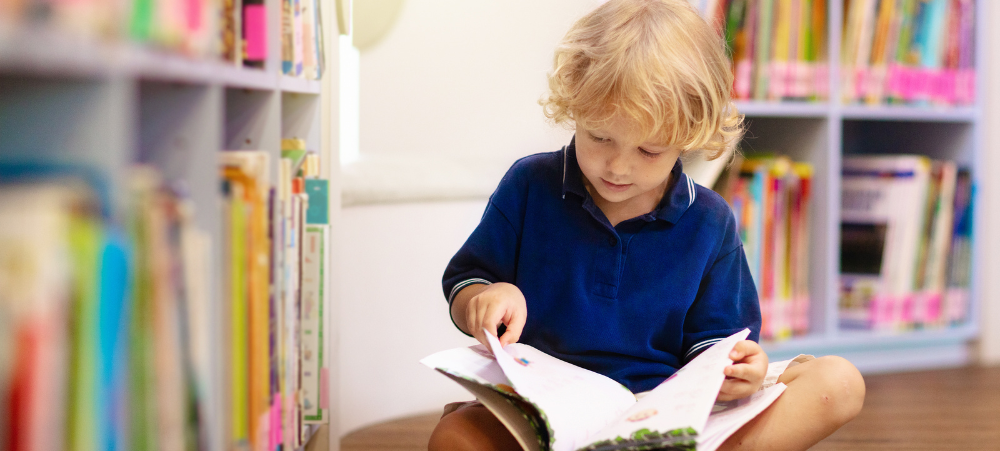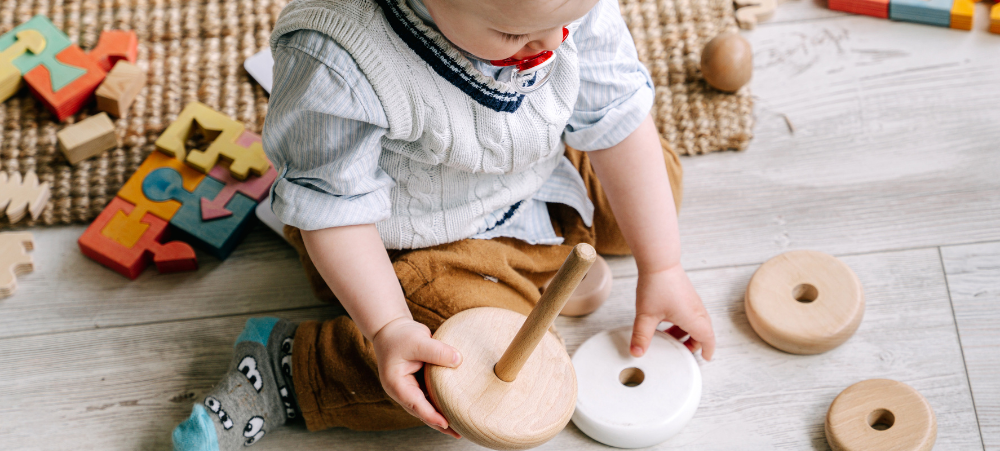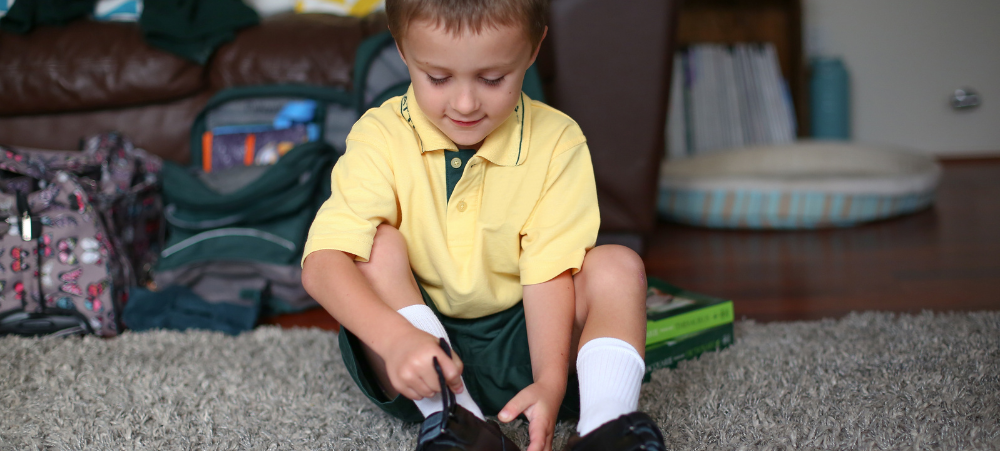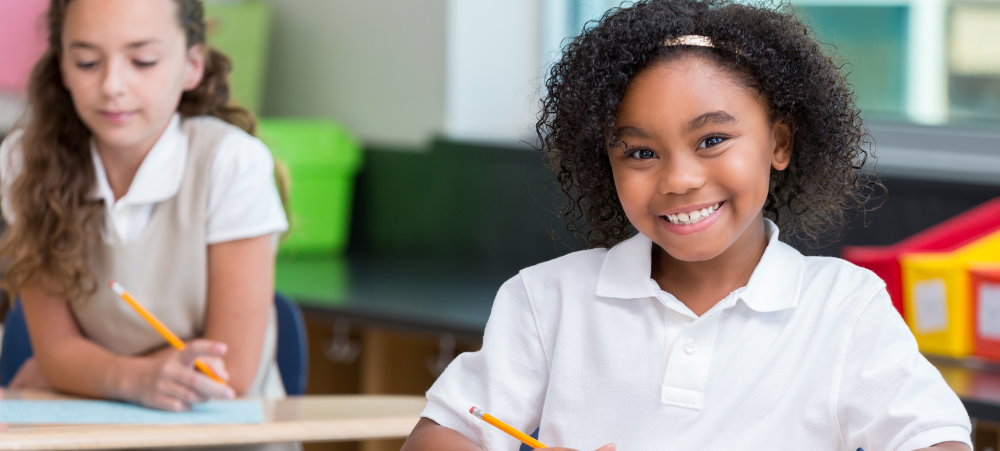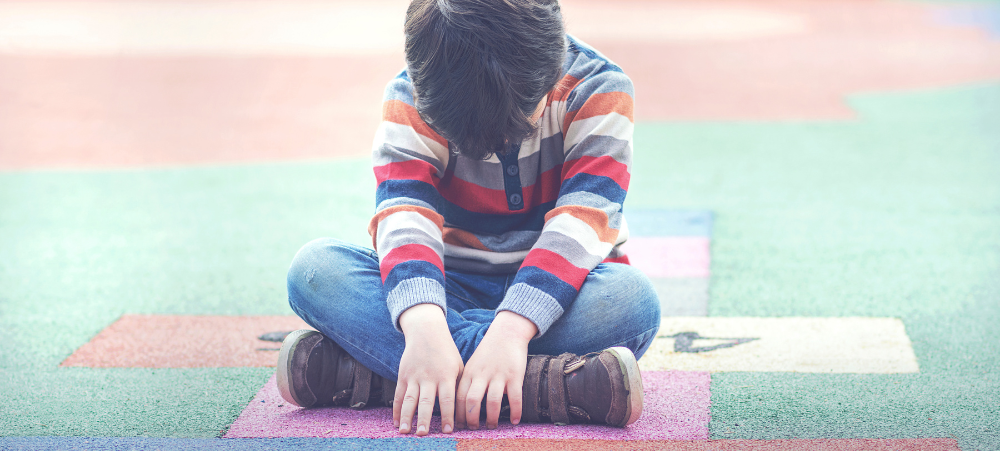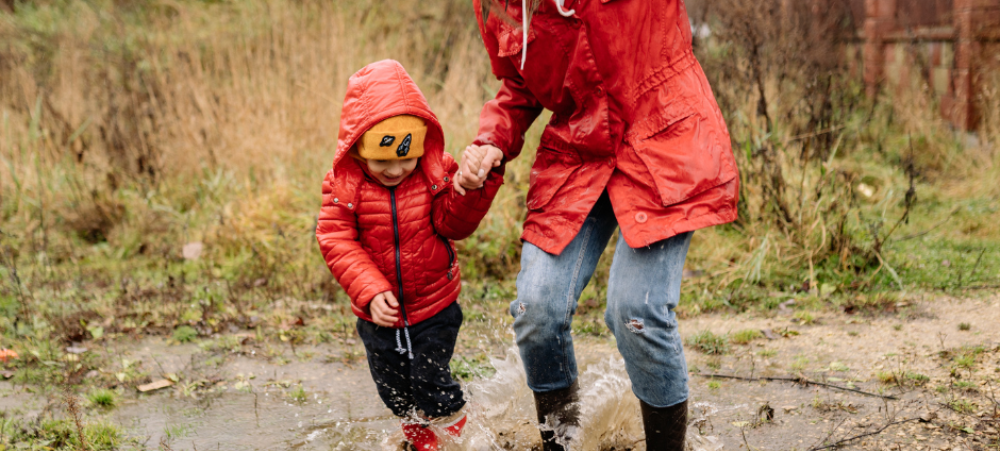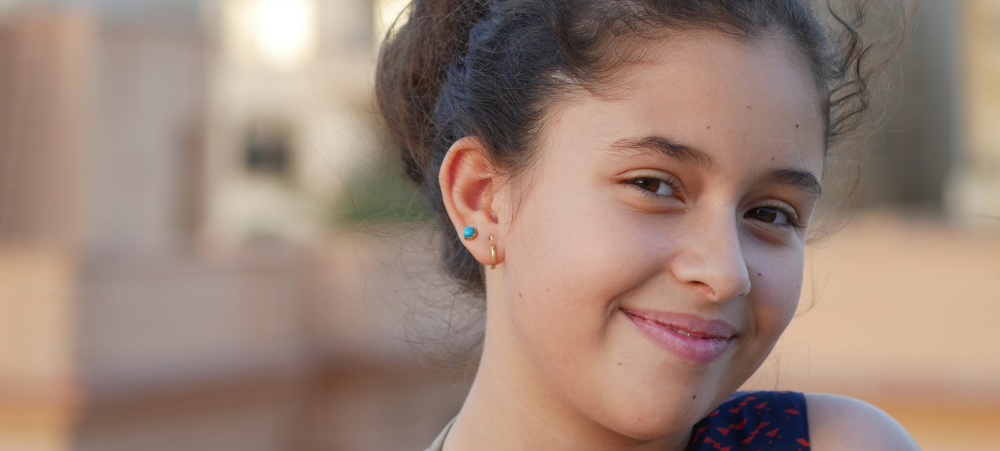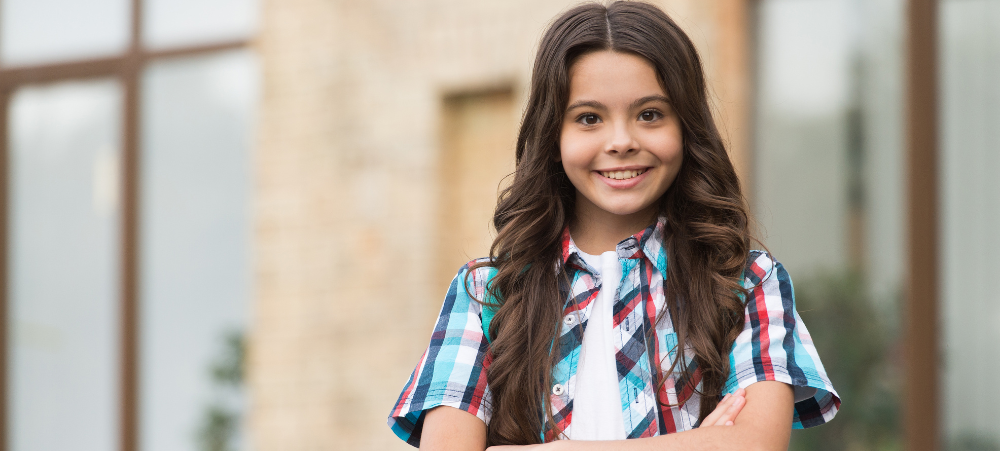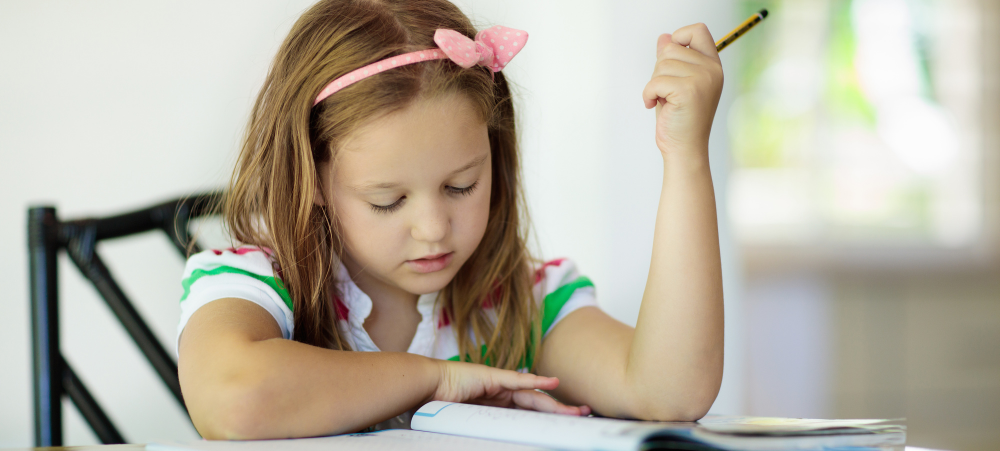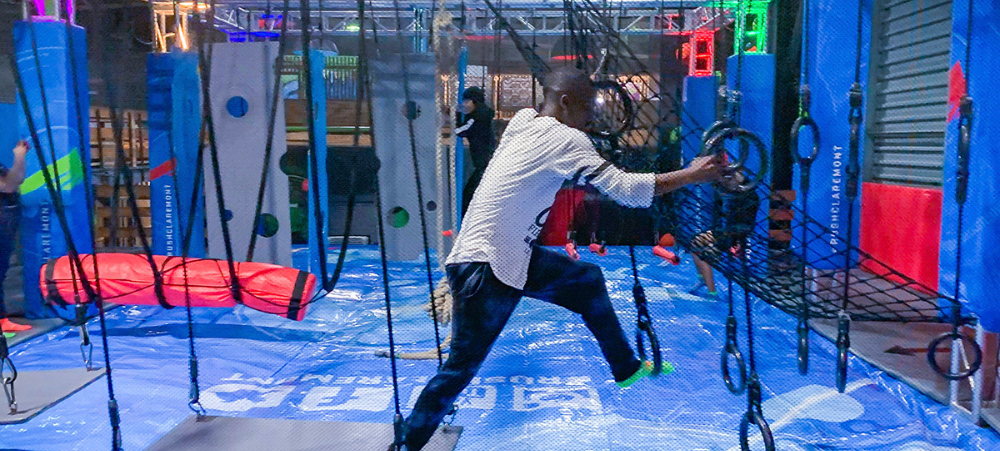
Creating Calm: Mindfulness Activities for Children
Life can feel overwhelming—not just for adults, but for children too. From school pressures to overstimulating environments, kids are often carrying more stress than we realise. The good news? Mindfulness can help children feel more grounded, focused, and emotionally aware. And it doesn’t have to mean sitting in silence for 20 minutes. In fact, the most effective mindfulness activities for children are simple, playful, and age-appropriate. Here are some practical ways to help your child build calm from the inside out. 1. Belly Breathing with a Soft Toy Ideal for toddlers and young children, this activity teaches basic deep breathing in a visual and tactile way. How it works:Have your child lie down and place a soft toy on their belly. Ask them to slowly breathe in and out, watching the toy rise and fall. 🗣 Try saying: “Let’s see if we can rock your teddy to sleep with your breath.” 2. Glitter Jar for Calming Big Emotions A classic mindfulness tool that gives kids a way to see their feelings settle. How it works:Fill a jar with water, glitter glue, and loose glitter. When your child feels upset or overstimulated, let them shake the jar and watch the glitter slowly fall. This creates a calming pause and teaches patience. 3. Five Senses Grounding Exercise Perfect for older children and tweens, this technique helps bring attention to the present moment. Ask your child to name: This is especially helpful during moments of anxiety or restlessness. 4. Mindful Nature Walks Turn a simple walk into a mindfulness adventure. Encourage your child to walk slowly and notice the little things—how the leaves crunch, what birds are singing, what the air smells like. You can even turn it into a game: “Can you find something red, something smooth, and something that moves?” 5. “Feelings Check-In” Chart Giving emotions a name helps kids process them better. A simple daily check-in encourages emotional intelligence and communication. You can use a printed emotion wheel, or simply ask:“How are you feeling today, and where do you feel it in your body?” 6. Guided Visualisations Children have strong imaginations—guided visualisation taps into this to help them relax. Try short audio meditations where they imagine floating on a cloud, lying in a meadow, or traveling to a peaceful island. There are plenty of free options on YouTube and child-friendly apps. Final Thought: Mindfulness isn’t about perfection or long periods of silence—it’s about helping children notice their inner world with kindness and curiosity. With gentle guidance and a bit of creativity, these simple tools can create a powerful foundation for calm, confidence, and emotional resilience. 📚 Sources:




